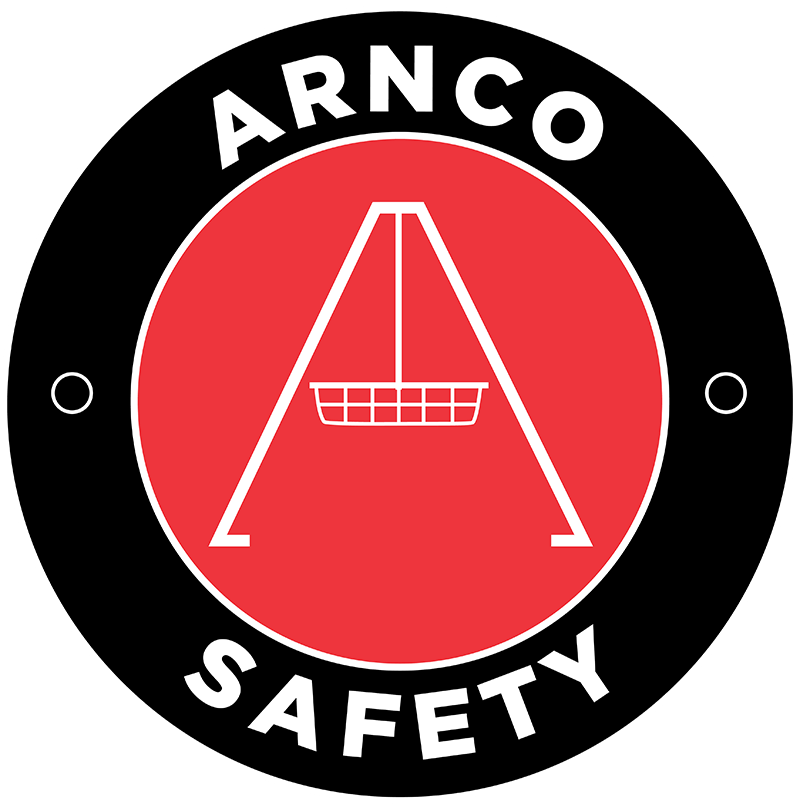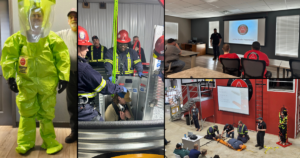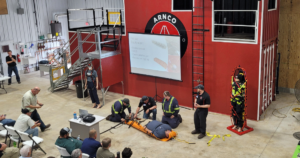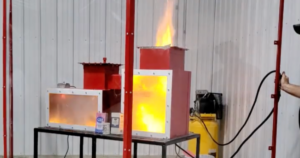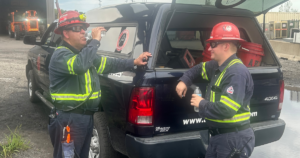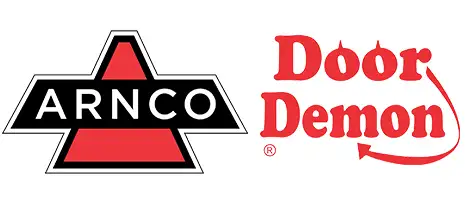At Arnco Safety, our mission is to ensure your team’s safety and preparedness whenever they step into the workplace. With a core focus on Rescue Services, Training, Safety Equipment and Personal Protective Equipment (PPE), we are committed to your safety, especially during extreme heat weather conditions.
Personal Safety During the Midwest Heat Wave Threat
Record-setting heat waves are sweeping across the American Midwest, putting tens of millions of people, including public safety professionals, at risk of heat emergencies. The 95-100 degree temperatures pose significant dangers for anyone working outdoors or living without air conditioning. Arnco Safety General Manager, Rolly Walker, offers some advice for your team working during a hot Midwest summer.
Avoid Outdoor Physical Training
For anyone doing physical training or exercise, schedule it early in the morning or late in the afternoon to avoid peak heat. If outdoor workouts are unavoidable, consider indoor training sessions or taking a break for additional rest, as sleep is crucial during extreme heat.
Consistently Hydrate
Typically, thirst is your best indicator for hydration. Drink water whenever you feel thirsty and monitor your urine color; pale or clear urine suggests adequate hydration. For high-exertion outdoor activities, pre-hydrate but avoid feeling full or bloated. Always carry extra water in your vehicle for emergencies.
While sports drinks can also replenish electrolytes during extended aerobic activities, they are often high in sugar. Instead, opt for water to quench your thirst and maintain a well-balanced diet for electrolyte replacement before relying on sports drinks.
Workplace Safety During Extreme Heat
When safe, remove PPE layers like masks, helmets, coveralls and outer gear to improve heat loss through radiation, conduction, evaporation and convection. In extreme temperatures, passive heat loss is ineffective, so enhance cooling with misting fans, ice packs, cooling towels or immersion in water.
Keep an eye on your team members. Early signs of dehydration, heat exhaustion and heat stroke include lethargy, confusion and personality changes. If someone appears “off,” take a water break in the shade and assess their pulse rate, respiratory rate, mental status and recent water intake.
Midwest Heat Safety Tips for the Community
The elderly and homeless are particularly vulnerable to high-heat conditions. Aging and certain medications can impair thermoregulation. Encourage the use of cooling centers in community buildings, schools or businesses for those without air conditioning.
Stay connected with social media, media outreach and face-to-face interactions to educate the community about heat emergency signs, symptoms, prevention and emergency care. You can also partner with public health departments to offer formal or informal education programs to outdoor employers, like construction and landscaping businesses, and youth sports camps.
By connecting with the local Fire, EMS and Police departments for informal visits to community residents, you can build relationships and provide valuable education on heat safety.
Visit the Arnco Safety Training Center in Trenton, IL
Stay informed and keep your team safe with the training offered at the Arnco Safety Training Center in Trenton, Illinois. Our center accommodates both large and small groups, with over 6000 square feet of classroom and hands-on training space.
For more information on how to stay safe during extreme heat and to explore our training offerings, visit Arnco Safety.
